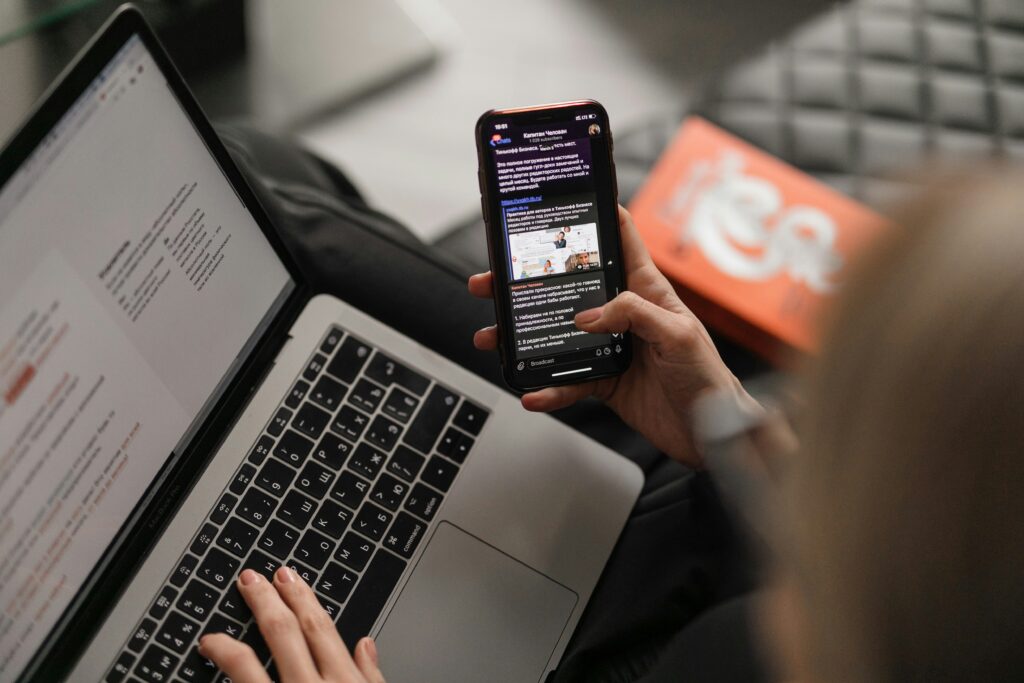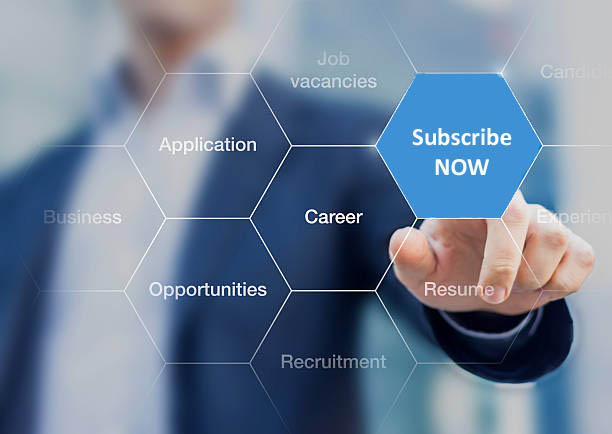Landing your dream job isn’t a one-step process—it’s about taking every opportunity to stand out from thousands of other candidates vying for the same role. One powerful yet often overlooked strategy? The post-interview follow-up email. This isn’t just a polite gesture; it’s a strategic move that can significantly influence hiring managers’ decisions. A well-crafted follow-up email showcases your critical thinking, problem-solving skills, and continued engagement after the interview. Plus, in a busy hiring process, it keeps you fresh in the interviewer’s mind as they evaluate multiple candidates.
Statistics show that approximately 95% of job seekers skip sending a follow-up email, even though 68% of hiring managers expect one and say it impacts a candidate’s standing. This simple act creates an immediate competitive advantage for those who take the time to do it right. That’s why I’m here to share tips and sample templates to help you craft a follow-up email that shines. By mastering this professional courtesy, you demonstrate diligence, attention to detail, and a commitment to standing out.
Mastering the Timing
When it comes to follow-up emails, timing can make or break their impact.
1. The Critical 24–48 Hours Window
This is your initial thank-you period, and your email should be sent within 24–48 hours after the interview. This promptness is a hallmark of good manners and professionalism. Sending it within this window capitalizes on the recency of the interview, keeps you fresh in the interviewer’s mind, and signals high interest.
Avoid sending it within minutes of the interview ending, it can come across as rushed or insincere.
2. One Week After
If you haven’t heard back, this is the perfect time for your first gentle check-in. This email should:
- Reiterate your appreciation
- Reinforce your interest in the role
- Keep you in their mind without sounding pushy
3. Three to Four Weeks After
If your earlier emails haven’t received a response, this serves as a final, polite inquiry. By this stage, decisions are likely finalized, but this email gracefully closes the loop while keeping the door open for future opportunities.
Tips for Writing a Strong Follow-Up Email
Here are six key tips to make your follow-up email hit the mark:
1. Craft a Compelling Subject Line
Your subject line is your first chance to grab the interviewer’s attention. Keep it short, clear, and professional. For example: “Thank You, [Interviewer’s Name], for the [Position] Interview.” A strong subject line signals respect for the recipient’s time and increases the likelihood of your email being read.
2. Use a Personalized Greeting
Address the interviewer by name (e.g., “Dear Ms. Smith”). This small touch makes your email feel genuine and shows you pay attention to details, impressing the interviewer.
3. Express Gratitude
Start your email by sincerely thanking the interviewer for their time and the opportunity to discuss the role. This sets a positive, professional tone from the outset.
4. Add Value and Personalization
Stand out by referencing specific moments from the interview, such as a project discussed, a shared professional interest, or a casual connection. This “show, don’t tell” approach demonstrates active listening and engagement, making your email as impactful as highlighting technical skills.
5. Keep It Concise
Hiring managers are busy, so keep your email brief and focused. A concise email shows you can communicate effectively and respect their time.
6. Close Professionally
End with a professional sign-off (e.g., “Best regards,” “Sincerely”) followed by your full name and contact information. Before hitting send, proofread meticulously to avoid typos or grammatical errors, which can undermine your professionalism.
Sample Follow-Up Email Templates
As a job seeker chasing your dream role, a follow-up email is your chance to shine. I’m not just here to tell you why it matters—I’m here to teach you how to fish with these customizable templates. Use them as starting points, and personalize them to reflect your unique voice and interview experience.
Sample 1: General Thank-You Email
Subject: Thank You for the [Position] Interview
Dear [Interviewer’s Name],
Thank you for taking the time to interview me for the [Position] role at [Company Name] on [Date]. I enjoyed our discussion about [specific topic] and it deepened my enthusiasm for joining your team.
My experience in [specific skill] aligns closely with [Company Name]’s goals, and I’m excited about the opportunity to contribute to [specific project or objective]. Please feel free to reach out if you need additional information. I look forward to the possibility of working together!
Best regards,
[Your Full Name]
[Your Contact Information]
This template is concise, professional, and personalized, reinforcing your fit for the role. It’s truly impressive.
Sample 2: Follow-Up After a Panel Interview
Subject:Following up on [Position Name] role
Hi [Interviewer’s Name],
Thank you and the team for interviewing me for the [Position] role at [Company Name] on [Date]. I appreciated learning about [specific topic, e.g., the collaborative culture] from [Interviewer 1’s Name] and [specific topic, e.g., the upcoming product launch] from [Interviewer 2’s Name].
Our conversation about [specific topic] highlighted how my [specific skill] can support [Company Name]’s mission. I’m eager to bring my [specific attribute] to your team. Please let me know if there’s anything further I can provide.
Sincerely,
[Your Full Name]
[Your Contact Information]
I love that this template acknowledges multiple interviewers, which shows attention to detail and inclusivity.
Sample 3: Second Follow-Up Email (Status Check)
Subject: Follow-Up on [Position] Interview
Dear [Interviewer’s Name],
I hope this email finds you well. I’m following up on my interview for the [Position] role on [Date]. I remain very enthusiastic about the opportunity to join [Company Name] and contribute to [specific goal/project].
Please let me know if there are any updates regarding the hiring process or additional information I can provide. Thank you again for your time and consideration.
Best regards,
[Your Full Name]
[Your Contact Information]
Polite and professional, this email reinforces interest without being pushy.
Common Mistakes to Avoid
To ensure your follow-up email hits the mark, steer clear of these pitfalls:
1. Using Generic Templates Without Personalization
A robotic, copy-pasted email can feel inauthentic and may harm your chances more than sending no email at all. Always reference specific interview moments and use your unique voice to show genuine interest.
2. Typos or Grammatical Errors
Spelling mistakes or sloppy grammar signal a lack of attention to detail. Proofread carefully and use tools like Grammarly to polish your email.
3. Being Overly Persistent or Pushy
Bombarding the hiring manager with multiple emails or calls, especially before their stated timeline, can come across as desperate. Stick to the 24-48 hour, one-week, and three-to-four-week cadence.
4. Discussing Salary or Benefits Too Soon
Save salary discussions for when an offer is extended. Your follow-up email should focus solely on gratitude, interest, and qualifications
.Final Thoughts
A thoughtful, timely follow-up email is a strategic differentiator that can set you apart from most applicants. It serves as a reminder of your qualifications, clarifies any points from the interview, and adds value to your application.
While many people skip this stage, a commitment to professionalism will always serve you well. This is your time to shine — be intentional, be professional, and let your follow-up speak volumes about who you are.


